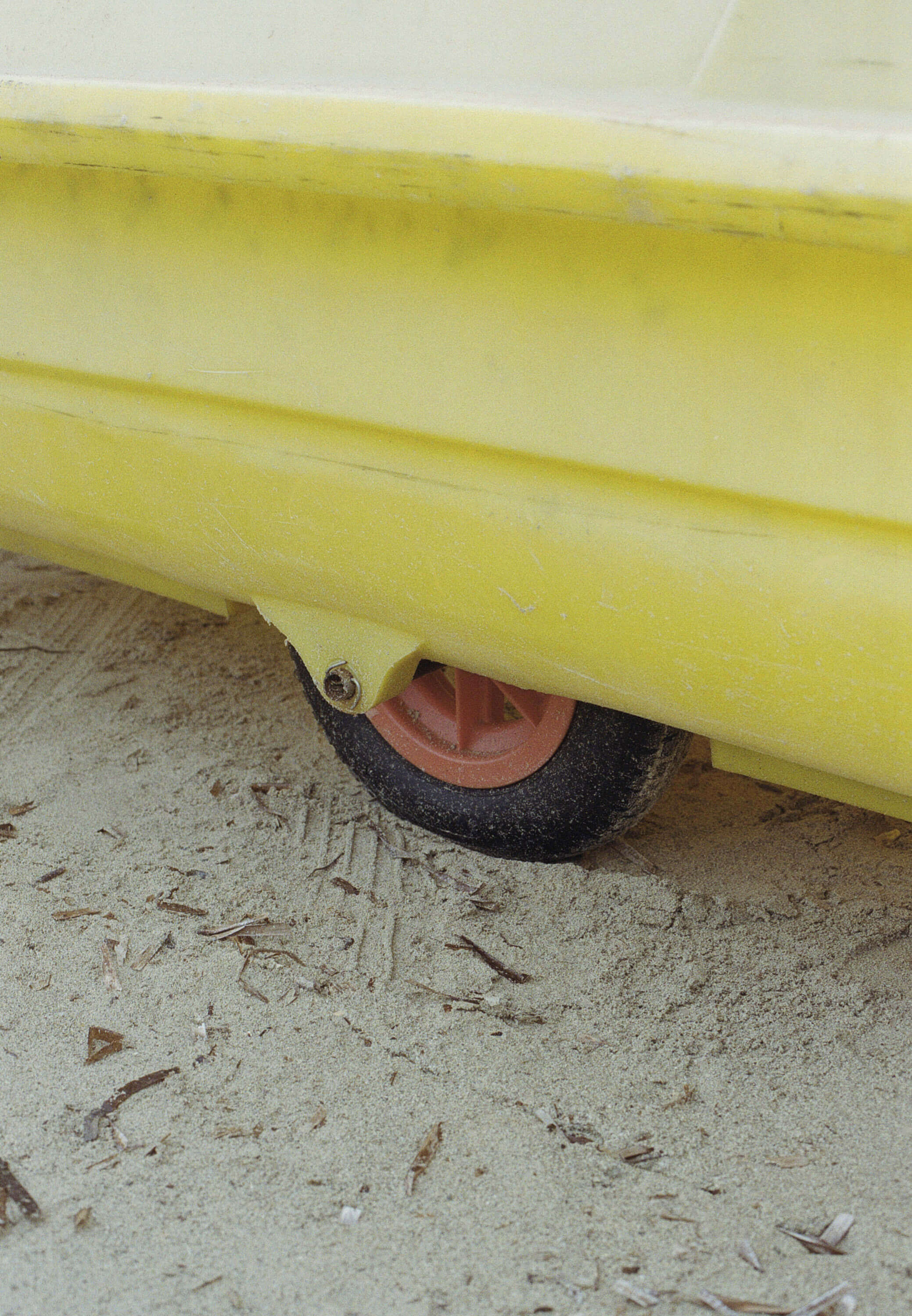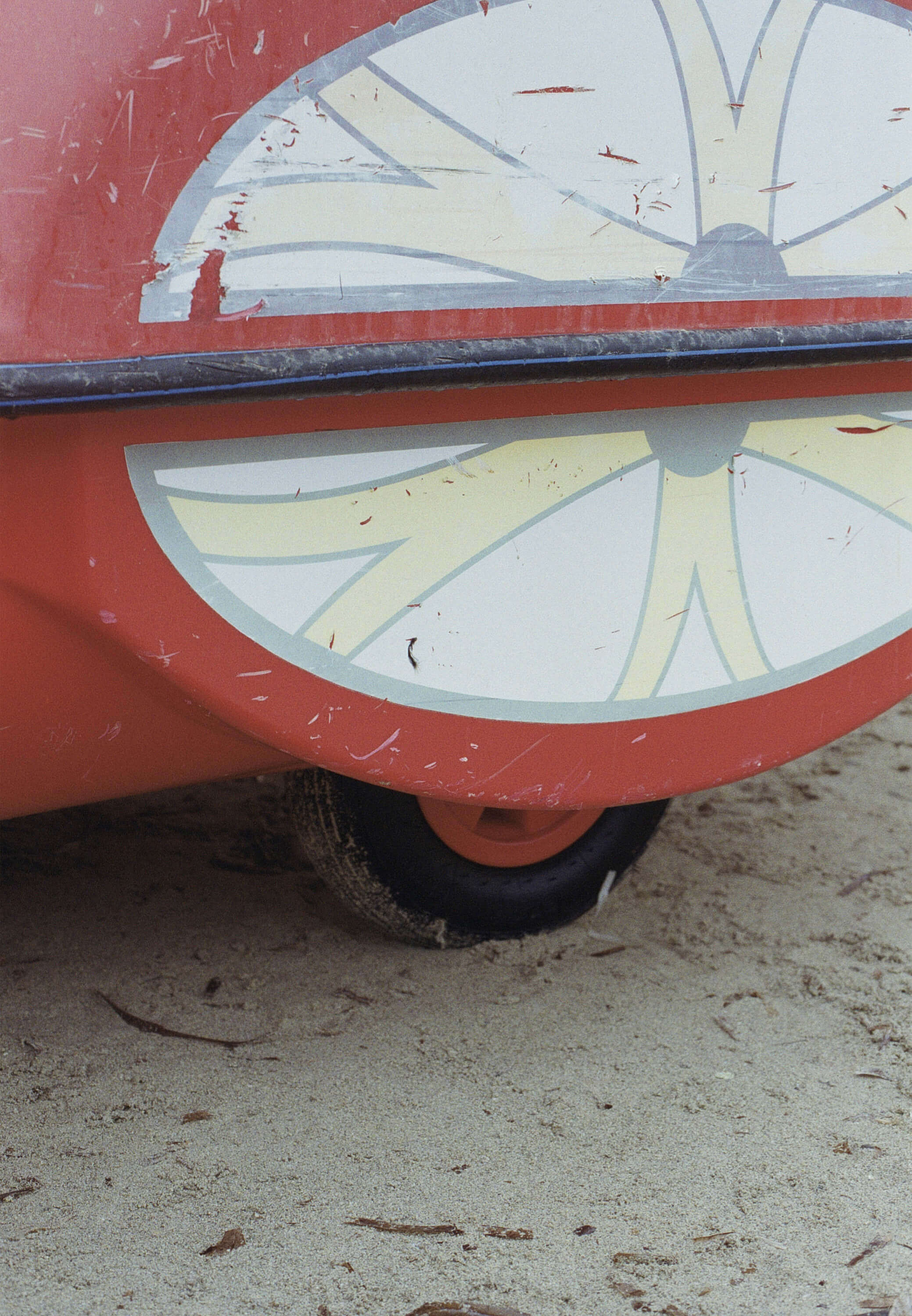
In the middle of the Mediterranean there’s an Island, in the middle of the Island there’s a lake, and in the middle of the lake there’s a islet with a large two-storey manor house with tropical garden plus ornamental lake attached, no less. Sometimes the islet appears, and sometimes it disappears. You can see it, if you’re lucky, when you’re crossing the old bridge over the River Tirso dam in Campidano.
Once upon a time, Lake Omodeo was the biggest artificial lake in Europe. We studied it at school and were very proud of it but, for me, the fact that down below, under there, are the drowned remains of Zuri, a whole village that was forcibly abandoned to make way for the unwieldy water, makes me quite uneasy. A tiny village of 88 houses taken to bits and rebuilt high up where the selfish and overpowering waters of the new, modern and arrogant lake could never reach.
And the ancient church that was there in the Tirso basin, together with nuraghes, petrified forests and fossil remains, was taken down, stone by stone, and rebuilt up there, even higher up, at the entrance to the recomposed village. At the entrance, like a guard, sending its warning: you, water, will never get up here!
And I still think about what might have remained down there, in the bottom of that deep, lead-grey, muddy water, so different from the “pure water” of Sardinia. Something abandoned, forgotten or simply left there because it wasn’t very important, its value so little that it wasn’t saved.
I’m sure that a tiny Atlantis has grown up from the remains begrudgingly abandoned by the inhabitants of the little village of Zuri. A village forced to come back to life the same as before, just a bit higher up, and so nonetheless different. And the little, submerged Zuri-Atlantis is now an underwater village where the people swim instead of walk, smile instead of speak, hug instead of argue.
Antonio Marras

Sardinia is my home, my family, my friend, my teacher. Only I can speak ill of it, and only I can decide what goes and what doesn’t. I’m rather proud of it and I’m really very sorry when it behaves badly. I know it like you know a teenage child: you know everything, but at the same time there are many things that escape you. Sardinia lives various parallel lives; it’s impossible to imagine them all. I’m happy I was born there, in Sardinia, above all because I’m forced to travel a lot, and I’m often far away. And when I’m away, I don’t miss it at all.
I miss my dogs, I miss the sea, I miss the sun, I miss the scent of helichrysum, but that homesickness, that longing for my land which so afflicts my fellow islanders, well it doesn’t get me at all. When I come back after a long period away, it seems really small, a bit ungrateful even, defeatist, not very ambitious and futureless, as if it were resting on the laurels of a now dimmed past.
And we really did have an impressive and immense past. In the Iron Age the Sardinians were so rich and powerful that they were able to build the most majestic statues ever seen in any part of the known world at the time. The Giants of Mont’e Prama: the only nuragic sculptures in stone ever found in the Mediterranean. Between Sinis and Marghine, imposing and powerful warriors, priests, boxers and archers slept undisturbed under the ground for 2,800 years, to be restored to their former glory only a few years ago. And, sure, it’s worth a trip to Sardinia, just to go by Cagliari and Cabras to get to know them. But I wouldn’t like to seem too homesick…
I don’t want to talk of ancient splendour, of the 7,000 nuraghes scattered around the island, which you bump into even if you don’t want to, nor of the dolmens, the menhirs, nor of Giant’s Tombs, nor of the Domus de Jana, those strange holes in the rocks that are said to be fairies’ houses, but to tell of a simple home journey from one side of Sardinia to the other.
A journey from Alghero, in the north-west, where the last sun of the Italian Mediterranean goes down, outpost of Sardinia, opposite Spain, to Santa Teresa di Gallura, northernmost point of mainland Sardinia, facing Corsica, separated only by the mythical Bocche di Bonifacio.
For years I made this trip/journey by car with my parents for every feast day, holiday or day off, in the scorching heat or the wind and hail, to go to visit my grandparents in the north.
Any time was a good time to go “home”. Mum and Dad are both from Santa Teresa di Gallura and as soon as they got married they moved to Alghero. They’ve always looked on it as a sort of diaspora. Different language, foreign people.
Alghero and Santa Teresa are only 140 kilometres or two hours by car apart, but as distant and different as the poles and the equator. Alghero, a fortified town whose bastions plunge into the Mediterranean waters, is an island in the island. Pearl of the Riviera del Corallo, it is a community of Catalans who settled here centuries ago and where peoples and cultures have always mingled. And Santa Teresa di Gallura, ancient harbour with a natural fjord winding along the most beautiful coastline in the world, is a young town, wanted and designed by Vittorio Emanuele I of Savoy, who named it after his wife Maria Teresa. Valle della Luna, at Capo Testa, is a magical place that makes your heart swell. The immense white granite blocks fill it with light, like a surreal, lunar village but with lots and lots of sun. The wild countryside around it, embellished with sheep pens, is excruciatingly beautiful. Ilex oaks, cork trees, myrtle, Centaurea horrida, broom, vines, heather, cistus and mastic fight day in day out against the northerly wind that fearlessly and stubbornly blows.
We left Alghero at dawn to cross the Nurra, Anglora and then finally arrive at the top of Gallura. Alghero then Porto Torres, town on the Balai coast, violated by the rash choice to set up the now bankrupt petrochemical industry there. Then the provincial road sweeping along the coast. Platamona, with its beach stretching as far as the eye can see, its untouched sand and pine wood. Marina di Sorso, Lu Bagnu, traditional summer camp for children from all of inland Anglona, with its constellation of artichoke plantations. Then Castelsardo with its castle dominating the headland, and Isola Rossa, and Badesi with its vines, and the pure white beaches and the river and La multa bianca restaurant in Minnena. Then Vignola, Costa Paradiso, Pischinas, Rena Maiore and then finally La Colba, my patch, 5 km from Santa Teresa.
If heaven exists, this is it. Now I often travel the same part of Sardinia by sail boat and on the cruises I also encounter Stintino and Asinara. It takes 18 hours. But time doesn’t go by the same for everyone. So, for me, it’s just 18 minutes.
Patrizia Sardo Marras